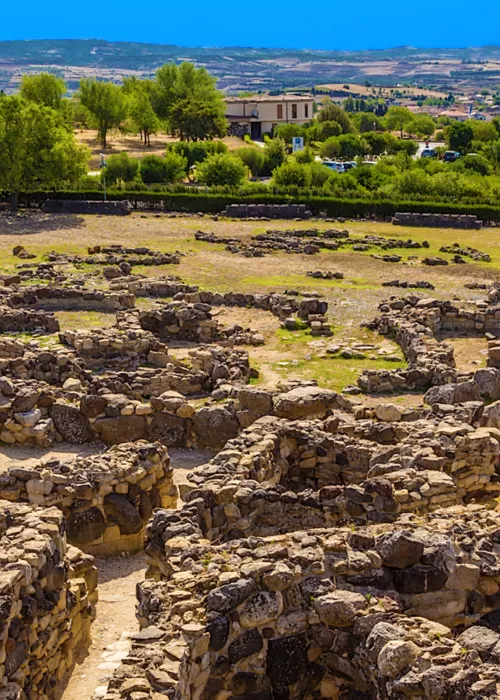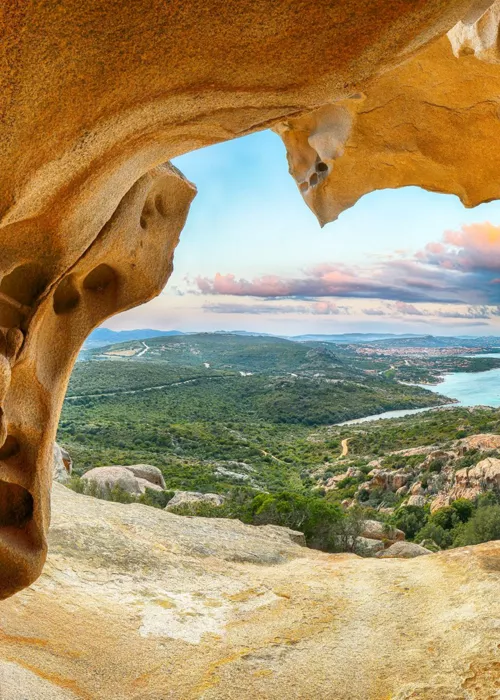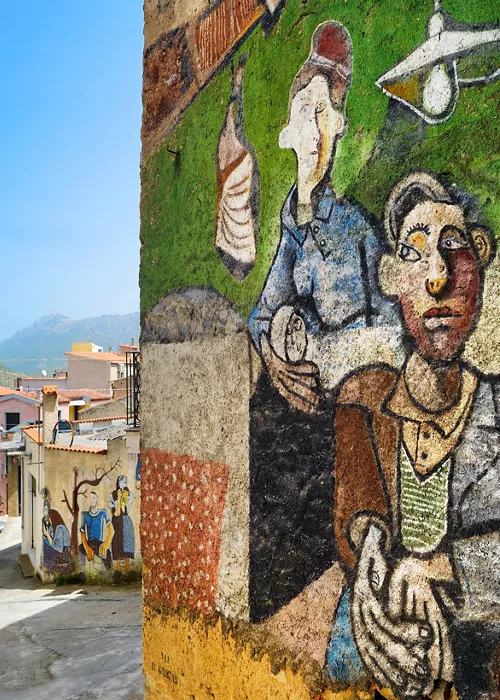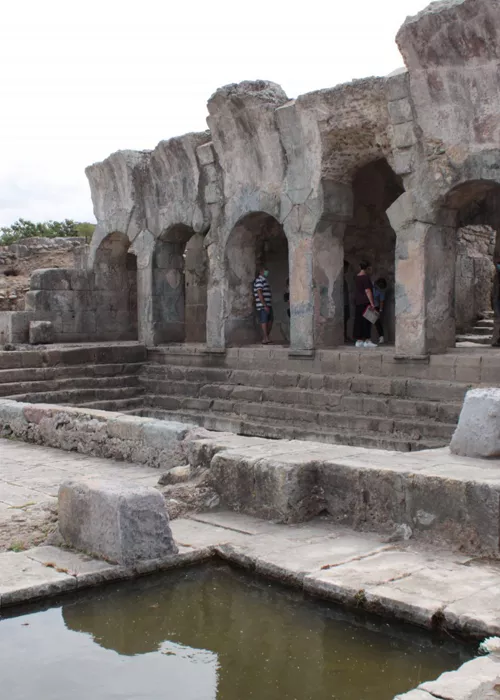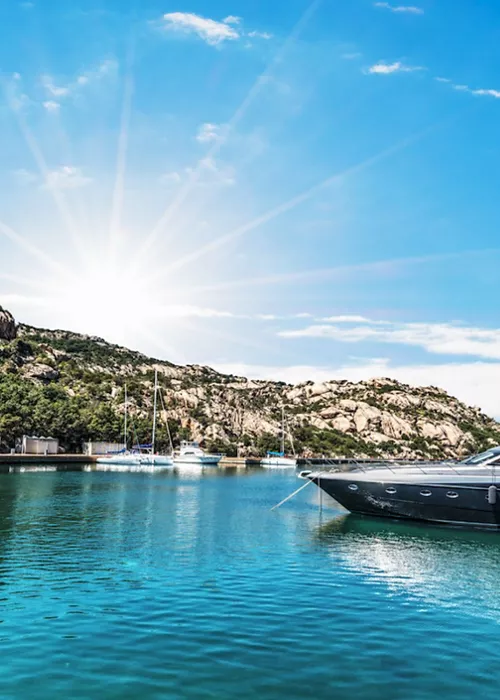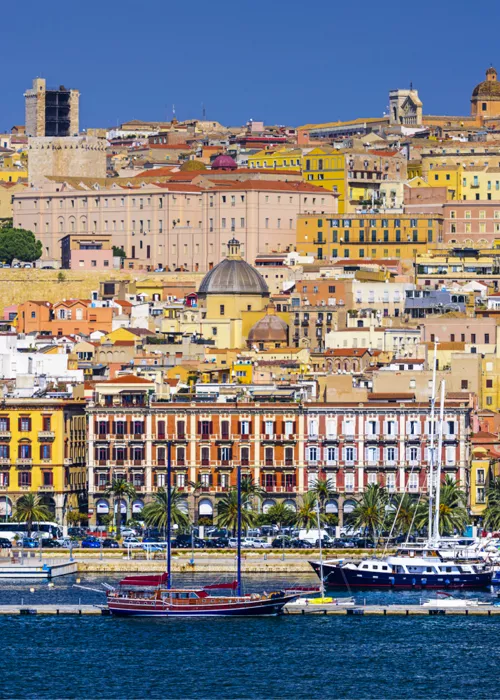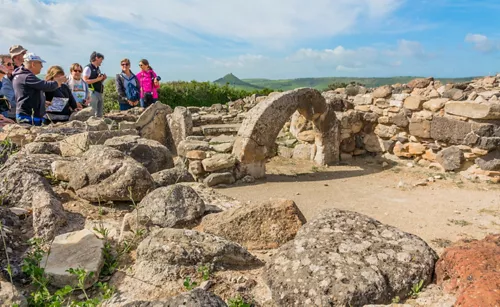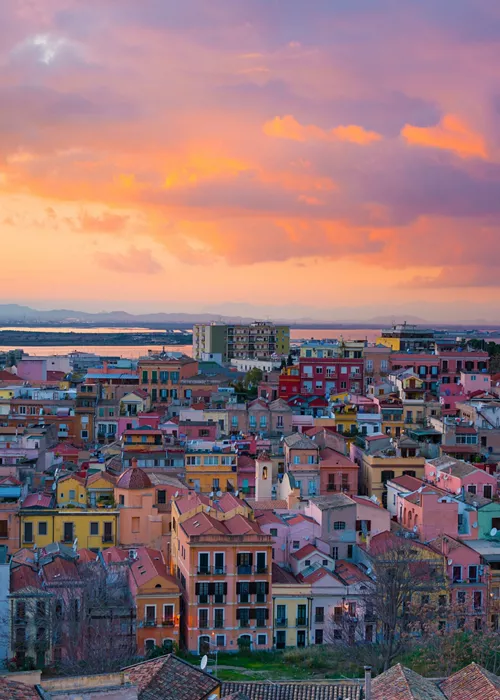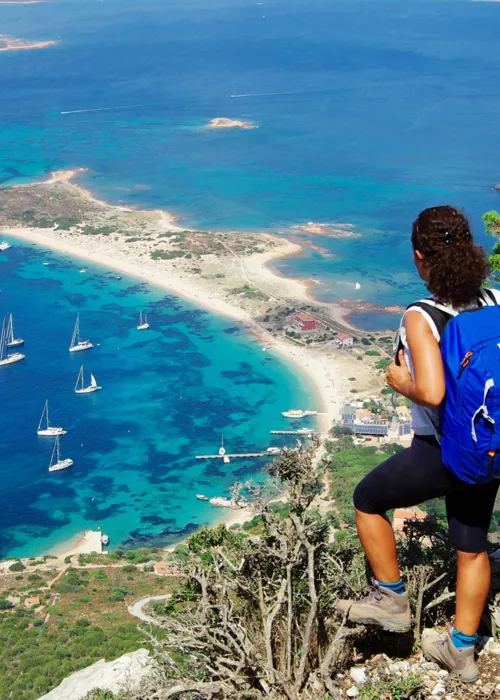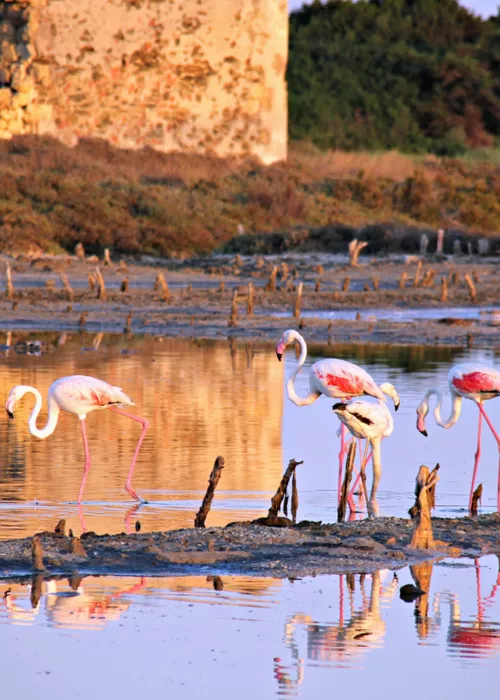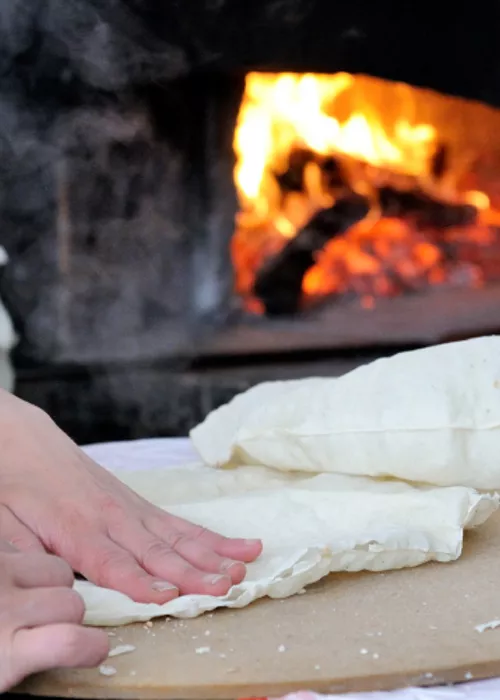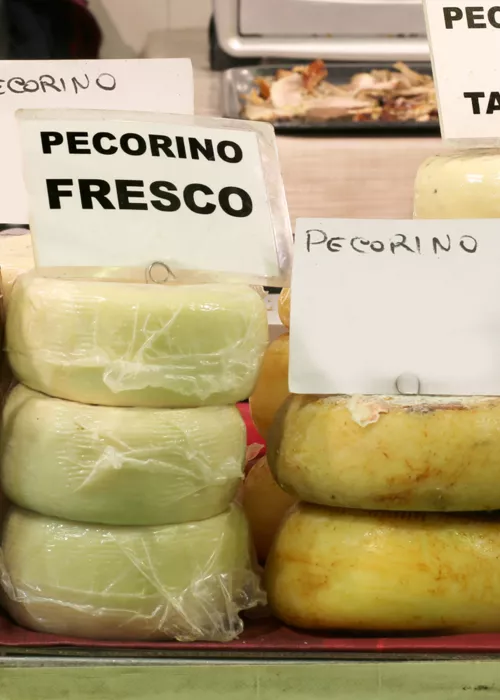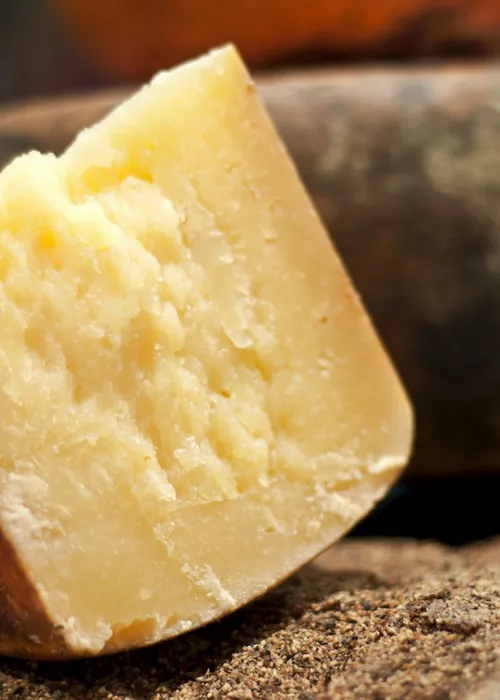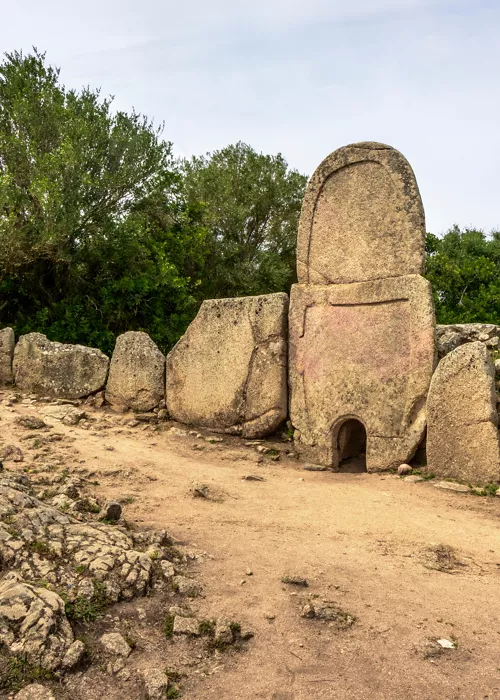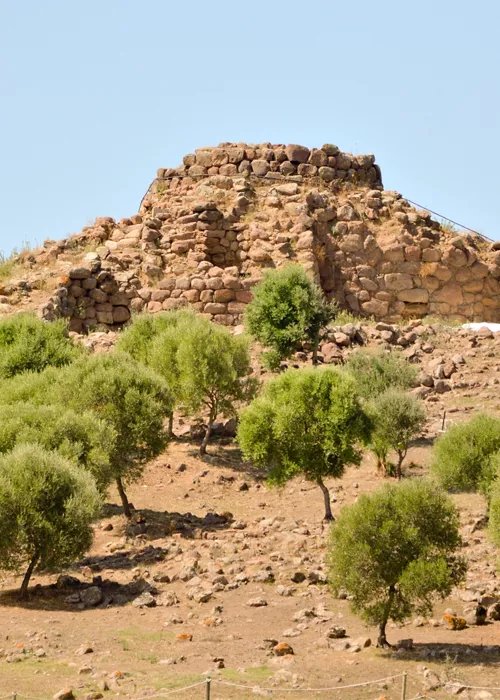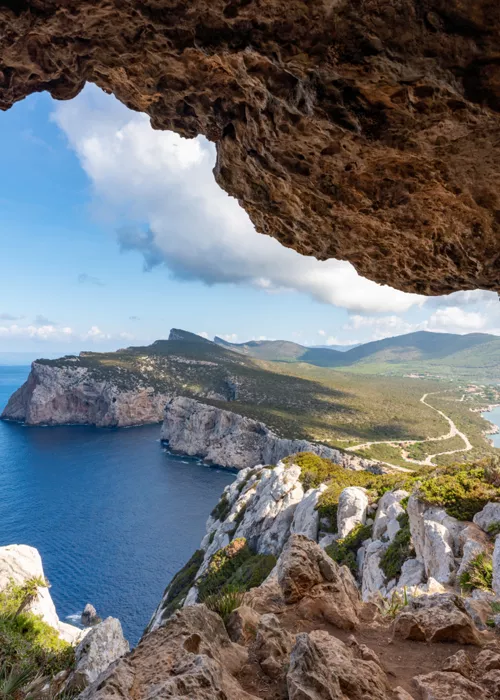Barumini and its nuraghi: the other side of Sardinia
3 minutes
A few tens of kilometres into the Sardinian hinterland is the Nuragic complex of Barumini, a fascinating and mysterious archaeological site that dates back to the prehistoric community that inhabited the island between the Bronze Age and the 3rd century AD.
What are the nuraghi of Barumini and where are they located?
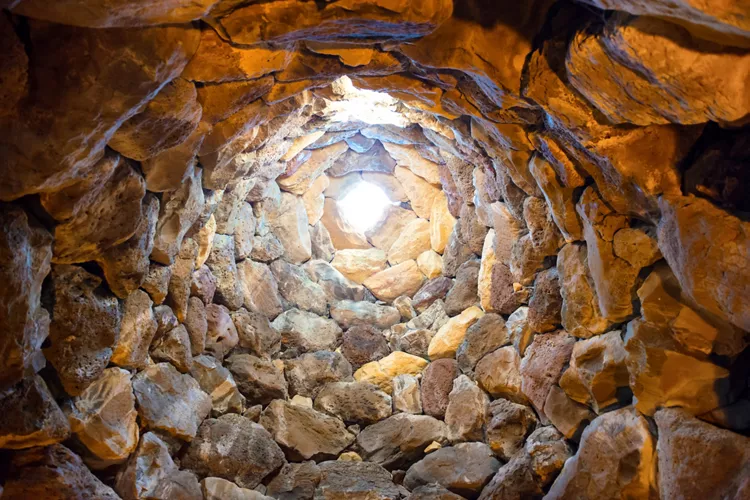
Iconic symbols of Sardinia, the nuraghi are mysterious circular stone constructions scattered all over the island. Among the most impressive sites in Sardinia is the Nuragic complex of Barumini, a UNESCO World Heritage Site located 60 kilometres from Cagliari, in Marmilla, in the heart of Sardinia.
Here, at the foot of the Giara di Gesturi plateau, stands the majestic nuraghe that dominates the ancient village of Barumini. Su Nuraxi, as it is called, is 18 metres high and surrounded by four side towers connected by walls and a crescent-shaped courtyard with a 20-metre-deep well.
History and information on the nuraghi of Barumini
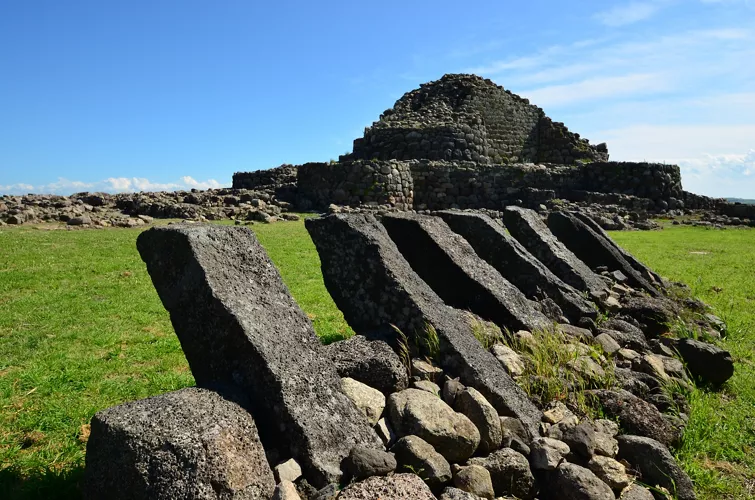
The Nuragic village of Barumini is the most famous example of defensive complexes from the Bronze and Iron Ages. Built in the second millennium BC and occupied until the 3rd century AD, the site witnessed the flourishing of the Nuragic civilisation and its increasingly important role in the spread of Mycenaean and, later, Phoenician culture. Centuries later, despite the traces left behind, many details of the Nuragic civilisation are still shrouded in mystery.
Why it is a UNESCO site
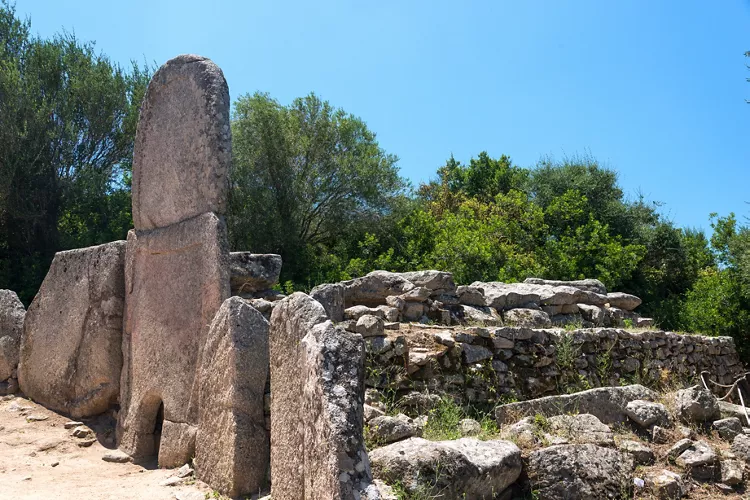
An outstanding example of a nuraghe, the site of Su Nuraxi di Barumini is a megalithic structure that displays an impressive use of materials for defensive purposes at a very early stage of human development.
UNESCO listed the Barumini complex, with its central tower surrounded by other towers connected by mighty walls, as a World Heritage Site in 1997, recognising it as the most complete and best-preserved example of this extraordinary form of prehistoric architecture.
What to see among the nuraghi of Barumini

The best place to start your exploration of the nuragic village of Barumini is at its heart, namely the nuraghe of Su Nuraxi, which has managed to survive the passage of centuries: it originally consisted of an 18-metre-high central tower with three rooms connected by a spiral staircase.
The top room no longer exists, but the two inner floors are still almost entirely intact. This imposing stone building is surrounded by four side towers connected by walls, once encompassed by the small village of circular huts with various uses.
In the centre of the main tower is a courtyard with a 20-metre-deep well that offers truly picture-worthy views, especially on sunny days.
As you stroll around the Su Nuraxi nuragic complex, made up of paths, courtyard houses, wells and cisterns, you will find yourself immersed in Sardinia’s fascinating history. In the nearby town centre, it is well worth visiting the Zapata House archaeological museum to discover this marvellous and complex residence built by the ancient, noble Aragonese Zapata family from the end of the 16th century.
Here, protected by suspended walkways and transparent flooring, you will find a nuraghe complex renamed Nuraxi 'e Cresia (“nuraghe of the church”). Only discovered in 1990, the nuraghe consists of a central tower, with an additional three towers joined by straight curtain walls. The archaeological area of the museum—named after the archaeologist who organised the excavations of the Su Nuraxi site—also houses a prestigious collection of artefacts that have been found in the area.
A short walk from the centre, the perfect place to learn more about the Nuragic civilisation, you should definitely visit Centro Giovanni Lilliu, a heritage museum that houses permanent photographic exhibitions dedicated to the excavations of Su Nuraxi next to a perfect reproduction, on a scale of 1:10, of the site in the 14th century BC, when the four-sided bastion was built. The museum also hosts temporary exhibitions delving into Sardinian archaeology, history, art and culture.
Continuing along the state road from the centre of Barumini, you arrive at the ruins of the castle of Las Plassas, one of the strongholds along the border of the Kingdom of Arborea in the late 1100s. Climbing to the top of the hill is the best way to admire the well-preserved main tower and the large cistern carved into the rock.
Before you leave, don't forget to explore the Park of the Giara, a plateau famous for being home to the Giara horses that roam freely among the small lakes and wild orchids.
In a nutshell, Barumini and its nuraghi are the other, equally beautiful, side of Sardinia.


